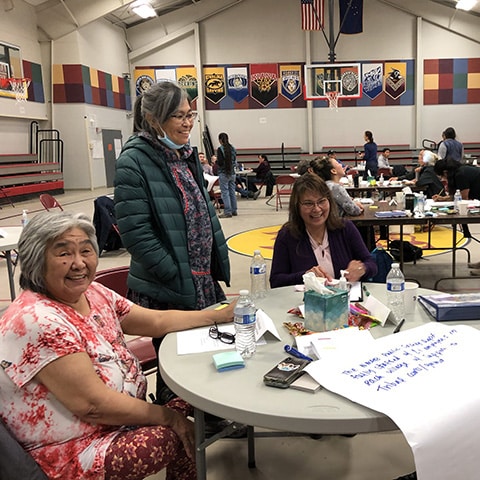
Project Lead:
NANA | John Lincoln | President and CEO | (907) 442-3301 | john.lincoln@nana.com
Overview/History:
Alaska’s unique model of indigenous self-determination involves a constellation of organizations, including but not limited to federally recognized Tribes, Tribal consortia, and Alaska Native Corporations, that work together to serve, represent, and advance the interests of Alaska Native peoples. Alaska Native Tribes are sovereign governments with solemn responsibilities to provide for the welfare of their citizens. Alaska Native Corporations (“ANCs”), formed as a result of the Alaska Native Claims Settlement Act of 1971 (“ANCSA”), hold title to Alaska Native ancestral homelands and provide for the social, cultural, and economic well-being of shareholders. In most instances, Tribes and their consortia and ANCs serve the same constituencies. The legal and political framework of Alaska is different than in the continental United States, and great care and attention must be paid to ensure law, policy, and opportunities to advance indigenous peoples does not leave Alaska Natives out because of our unique model of self-determination. For example, the Indian Self-Determination and Education Act of 1975 (ISDEAA) defines an “Indian Tribe” to include both Tribes and ANCs for purposes of accessing federal programs through ISDEAA, because omitting one or the other would leave a significant number of Alaska Native people without vital services such as healthcare. NWALT supports maintaining access to funding and other opportunities to benefit Alaska Native peoples, within the framework of the Iñupiaq Values of “Family Roles,” “Cooperation” and “Responsibility to Tribe.”
